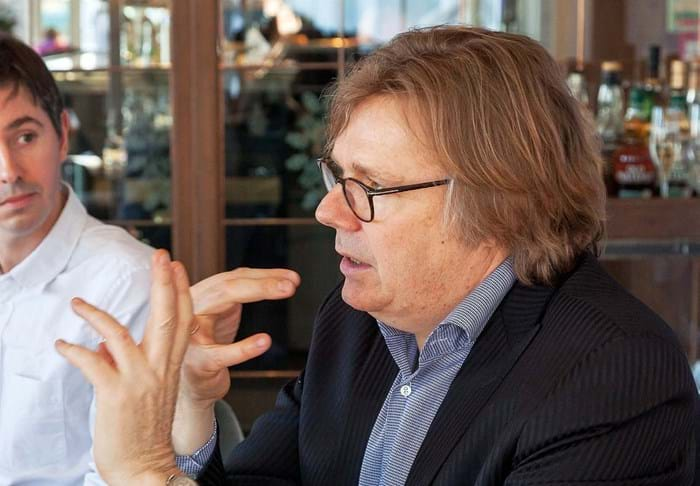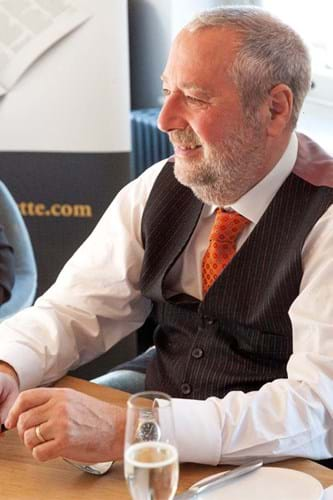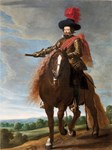
In a world where auction sales grab all the headlines, dealers have their own citadel of selling: the 10-day marathon that is TEFAF Maastricht.
For many dealers, TEFAF is the make-or-break event of the year – some are said to do 60% or at times even more of their year’s business there.
It’s where exhibitors, who take part only by invitation, face the scrutiny of TEFAF’s famously strict vetting process, ensuring only the best-of-the-best is on show.
But with TEFAF now also holding events in New York in spring and autumn, it would be hard to imagine Maastricht attracting the same volume of US buyers as it once did.
So, given the barriers to entry and the widening high-end fair options on both sides of the Atlantic, is participation in TEFAF still all it’s cracked up to be?
Ahead of the 2018 Maastricht event, Antiques Trade Gazette convened a panel of exhibitors – some stalwarts, others less seasoned, each from different disciplines – to assess whether this famed fair lives up to its billing as ‘the greatest art show on earth’.
The panel: who’s who
James Butterwick
James Butterwick is a dealer in early 20th century Russian and Ukranian art. His grandfather Cyril Butterwick was head of silver at Sotheby’s. James first began selling Russian art in 1985 and worked for a number of London galleries before becoming an independent dealer in 1992.
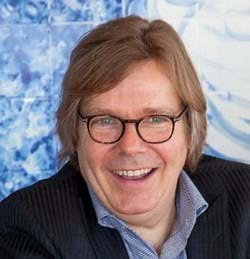
Russian and Ukrainian avant-garde art dealer James Butterwick. Photography: Earl Smith.
In 1999 he established his business in Moscow before relocating to London in 2005. He first exhibited at TEFAF Maastricht in 2015 and this year he is making his fourth appearance at the fair.
Mark Weiss
Mark Weiss is the owner of the Weiss Gallery in Jermyn Street in London, specialising in 16th and 17th century portraits. He started his career in the art market straight from school, working with his parents at the family business in Essex, before launching the Weiss Gallery in 1985.
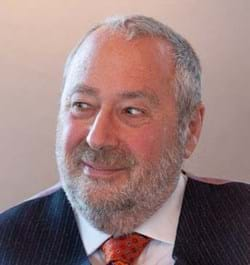
Old Master dealer Mark Weiss. Photography: Earl Smith.
He has exhibited at TEFAF Maastricht since 1988 and, after a brief hiatus in the 1990s, he has taken a stand there for the last 15 years.
Oliver Moss
Oliver Moss is a fourth-generation dealer at Sydney L Moss in Queen Street, London. He took the reins of the 108-year-old firm from his father Paul Moss in 2018.
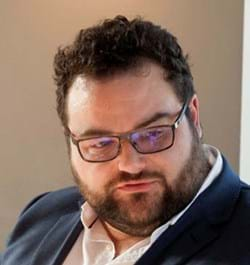
Chinese and Japanese works of art dealer Oliver Moss of Sydney L Moss. Photography: Earl Smith.
The dealership specialises in Asian art particularly Chinese and Japanese works with a focus on 17th century Chinese painting and calligraphy, and Japanese objects from the Edo period including netsuke and works of art.
This year will be the third time Sydney L Moss has exhibited at TEFAF Maastricht.
Q: Does TEFAF work for you, in terms of drawing in the right buyers?
Mark Weiss: My area is Old Masters. As we all know, this market has been going through a difficult time over the last decade – in terms of supply, price and its perception for appealing to an older taste. The younger generation is moving to contemporary art.
I think TEFAF’s Old Master section has struggled to come to terms with this. That said, my expectations are still good.
You used to see wealthy Germans, but now it’s often Belgian collectors who are leading the way – supporting their own marketplace – and I’m fortunate to be able to meet that demand.
Oliver Moss: With TEFAF there’s no real area of collecting that isn’t covered – I don’t have any complaints. What’s good about TEFAF is that those who do come are very well educated and won’t allow themselves to look foolish.
The questions we get asked [about our Asian art and objects and calligraphy] are sensible and they allow us to make a point of connection.
James Butterwick:TEFAF is definitely a collector’s fair. Its strength is that it’s so eclectic. If people can’t find anything to buy here, they’d be struggling. My market is Russian avant-garde, and when I was first asked to go four years ago, it was a life-changing moment for me. Once upon a time, my clients were exclusively Russian, but now I have a roster of European clients, thanks to TEFAF Maastricht.
I’ve also done TEFAF New York, but I feel that show is more limited. British dealers can’t actually get into New York any more anyway – as Trump would say, ‘America first!’
Mark: We applied to New York but did not get in. The conundrum TEFAF faces is that newer buyers are looking for contemporary art, but it’s the area TEFAF is weakest in. TEFAF’s founders were predominantly the Old Master trade, but our market and its importance within the fair is perhaps diminishing. That said, I would say there was already a decline in US buyers before the New York show started.
There would be downsides if TEFAF were held in a large city, where there are too many other distractions Mark Weiss
Q: How do you feel about TEFAF’s new 10-year commitment to stay in Maastricht?
Mark: The decision brings clarity after much debate. There has been concern about the lack of top-class hotels and the difficulty in getting restaurant reservations, but the whole charm of Maastricht is Maastricht. There would be downsides if TEFAF was held in a large city, where there are too many other distractions.
Q: Do you buy objects specifically for TEFAF?
Mark: You don’t ‘buy for TEFAF’ – you just bring your finest stock. The only way you get noticed is by bringing your best things.
Oliver: We might have a theme around which we present our items, but that’s it. Showing a good breadth of items is what it’s about. There’s actually plenty of stock we buy that we don’t intend to sell for a long time because we look to buy ahead of the curve. This year we’ll bring some items to TEFAF that we’ve had since the 1970s.
Mark: I’m bringing a monumental equestrian painting by the Flemish painter, Gaspar de Crayer, purchased recently from a Paris auction and described as Flemish School. My intentions are to sell it for at least £1m, probably to a major Flemish collector, oligarch or indeed museum.
James: All of my lots are star lots; they’re by the suprematist Boris Kosarev – and they’ve all come straight from his daughter.
Oliver: Our star lot is a Japanese sculpture of the Aizen Myõ-õ – the king of lust. He’s sat on a lotus throne and is exquisite. The subject is incredibly rare. He’s normally a hidden deity – shown to monks to subdue their lustful thoughts! We’ve actually only had it for a few months.
Q: Is TEFAF’s rigorous vetting something you worry about?
Oliver: I’d say we have to be ready for it. I’ve only ever had one item where the committee wanted us to change how we dated it on the label. We pulled out the books to demonstrably say, ‘there it is’ [what we think it should be] but they said ‘we see your point – but that lightning bolt bit on the side of the box, we think that’s 18th century, not 16th century’, so they asked us to change the label.
In the end we did, but the first person who walked in that day worked for a museum that housed similar objects and bought it there and then – not as labelled. The buyer actually asked us ‘why does this say 18th century?’; we simply said we were asked to. Their response was, ‘it’s not’ and we said, ‘we know’.
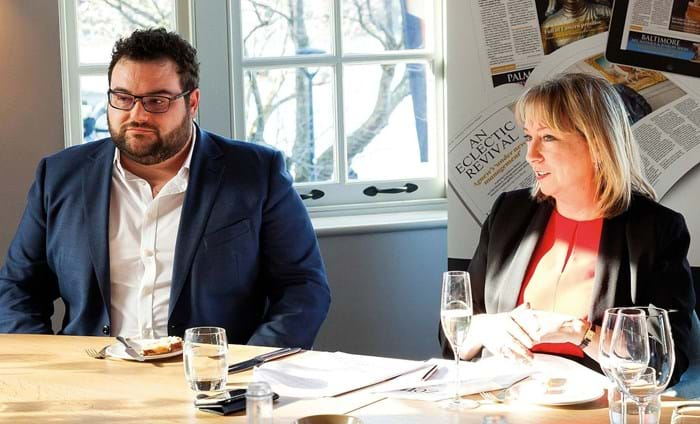
Oliver Moss and Noelle McElhatton at ATG’s latest ‘Round Table’ discussion. Photography: Earl Smith.
James: It’s not something I get anxious about. I used to go to the Moscow Arts Fair, where there’s no vetting committee at all, and the two can’t be compared.
I find the vetting quite reassuring, in a way. They’re quite right to question. If you’re going to the premier art fair, you’ve got to be selling the real McCoy.
Mark: 10 years ago, I brought a Holbein The Younger to TEFAF that, amid great publicity, had previously remained unsold at Sotheby’s. The curator at the National Gallery didn’t believe the painting was a Holbein and that came out in the press.
When the owner consigned it to me, I went to great effort to get a credible argument to support the painting and I decided to hang it as the centrepiece on my stand – which was quite risky. I was told by the committee that I’d have to defend the picture personally. Luckily one of the vetters was the head of a German museum that I’d gone to see about the painting originally, and he gave it a passionate defence. Although it didn’t sell at TEFAF, it is now hanging at the Louvre Abu Dhabi.
James: However, dealers are often connoisseurs of their own niche subject, and sometimes committee members aren’t trading enough in these items. In my area, the number of academics approving pictures is so manifold that academic support of a painting is often the kiss of death.
Oliver: It’s better having museum people vetting, rather than dealers doing it for dealers. I think it’s cleaner that way.
James: I’d rather have dealers, but that’s only because of my area of specialism. What I would say, though, is that you shouldn’t need to use a TEFAF stamp as your mark of authenticity. A piece of art should be able to stand up for itself.
Q: Does TEFAF do a good enough marketing job on your behalf?
Mark: You’ve got to remember that the main reason we come to TEFAF is to pick up new clients. To be at TEFAF is in itself the best possible advert for me, and they do a great job at promotion.
Oliver: We’ve advertised in Orientations magazine [for collectors of Asian art] – but that’s only because it’s our area. As for things like social media – I really don’t think that works at fairs like TEFAF. Journalists tend to use the various TEFAF hashtags, but I don’t think normal visitors are going around visiting stands because of an Instagram they’ve just seen or a Tweet they’ve read.
If you’re going to the premier art fair, you’ve got to be selling the real McCoy – I find the vetting quite reassuring, in a way James Butterwick
That said, marketing ahead of time does make a difference. It’s how buyers assess whether you’ll be taking good items or not.
James: Obviously, you tell people you’re going to be there and doing so does have a purpose. I’m fairly confident I’ve sold two paintings already – which means I already know I’ve likely covered my costs.
Q: What are your sales and pricing tactics at TEFAF?
James: I don’t tend to put prices on. I’m not sure yet if I will or not at TEFAF.
Oliver: We put prices on because we think it takes away a hurdle for people and stops them being embarrassed to ask. While buyers at TEFAF definitely know their art, they’re not so knowledgeable about prices. If we do anything it’s to discount – but only by 10% at the most!
James: Not being knowledgeable isn’t always a good thing. Sometimes you can’t explain why a piece of art is a bargain. My preference is to print a full catalogue, with as much information on the art as possible. But I know I tend to sell more when prices aren’t on than when prices are.
Mark: Personally I have found that sales are difficult to complete if they’re not actually done at the fair. What I’ve found with TEFAF is that if you don’t, and they walk off your stand, you can more or less forget about them coming back.
Oliver: If you make a sale, buyers don’t take the objects away then and there, for various administrative reasons. In terms of getting a commitment, we ask people to sign an agreement to purchase, so that at least we know if someone has an intention to buy.
James: The best period for selling is the definitely the first three days; after that TEFAF is five days off, and three days on again.
Oliver: We know some dealers will leave before the end because they’ve sold their big items. But equally, for others, they’ve told me it’s better for them at the second weekend.
Q: And finally, if you could change one thing about TEFAF…
Mark: The one thing I’ve always thought TEFAF could improve has now actually been done this year, and that is to shorten the opening day. This is a very good thing, it’s too long otherwise.
I’d say the sizes of stands have also shrunk by about 10% this year, and they’ve changed the shape too. I’m not sure this could be classed as an improvement. Our stand used to be broader, allowing for better circulation, but now it is narrower and deeper. I think this has restricted our capacity for an interesting design. Changing stands into ‘slots’ will impact them visually.
Oliver: I can only think of one really small, but annoying thing that I’d like changed.
Outside my stand there’s a ridge, or some sort of gap in the floor, such that every time a bin or trolley of glasses went over it, it sounded like breakages were happening. People would look up in terror, thinking all your art has broken!
But if that’s all I have to complain about, you can guess we’re pretty happy to be going to TEFAF Maastricht again.
Peter Crush is a freelance journalist

